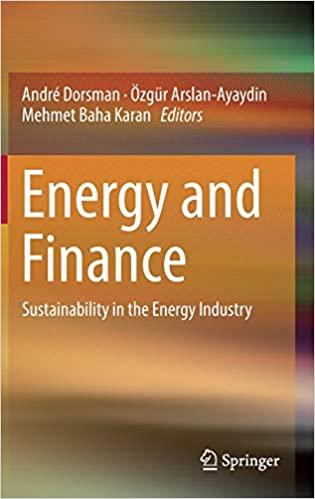Question
Part A: Consider a project that generates cash flows of $1,000,000.00, -$3,443,000.00, $3,949,800.00, and -$1,509,788.70 that occur at times 0, 1, 2, and 3 (years),
Part A:
Consider a project that generates cash flows of $1,000,000.00, -$3,443,000.00, $3,949,800.00, and -$1,509,788.70 that occur at times 0, 1, 2, and 3 (years), respectively.
How many IRRs does this series of cash flows have?
Part B:
For the series of cash flows above, which one is the highest IRR? Provide your answer as a percentage with one decimal precision (e.g., 5.7 to represent an IRR of 5.7%). Make sure you use enough decimals in your calculations to that your result is accurate to this level of precision.
Part C:
For the series of cash flows above, which one is the second highest IRR? Provide your answer as a percentage with one decimal precision (e.g., 5.7 to represent an IRR of 5.7%). Make sure you use enough decimals in your calculations to that your result is accurate to this level of precision.
Step by Step Solution
There are 3 Steps involved in it
Step: 1

Get Instant Access to Expert-Tailored Solutions
See step-by-step solutions with expert insights and AI powered tools for academic success
Step: 2

Step: 3

Ace Your Homework with AI
Get the answers you need in no time with our AI-driven, step-by-step assistance
Get Started


